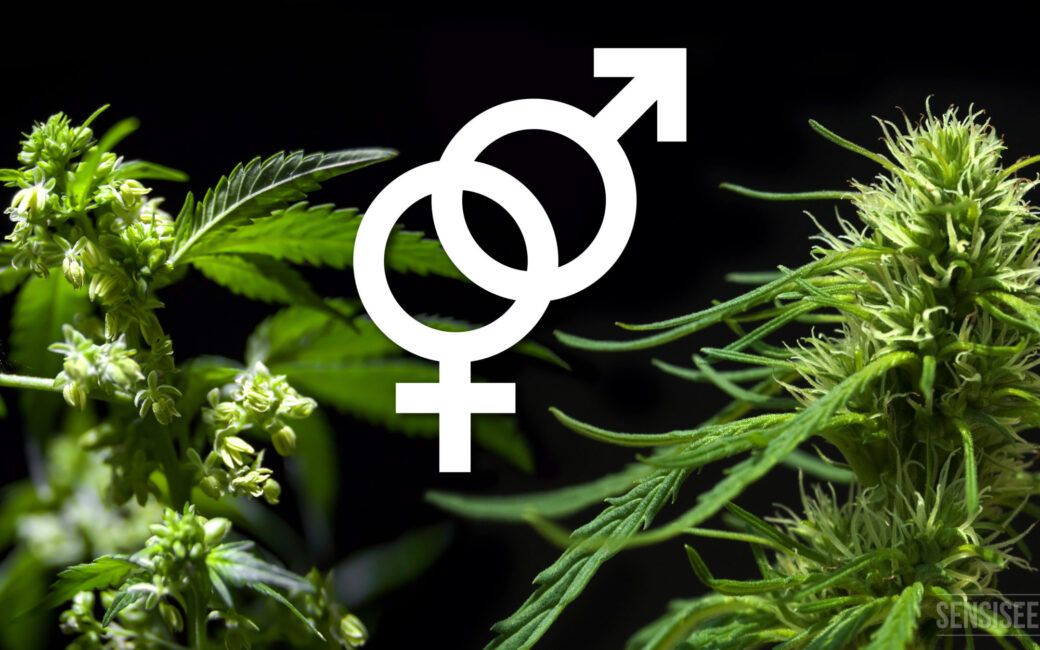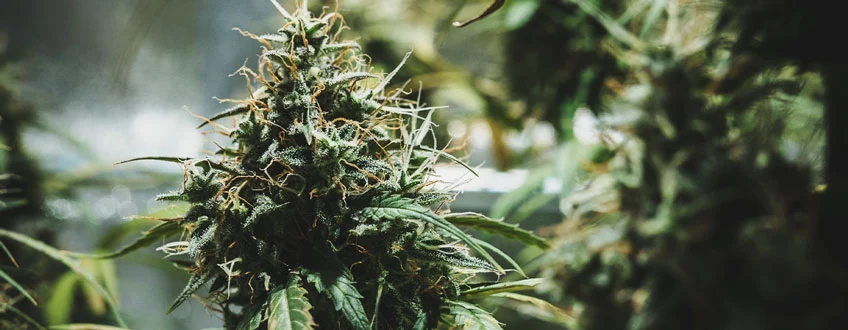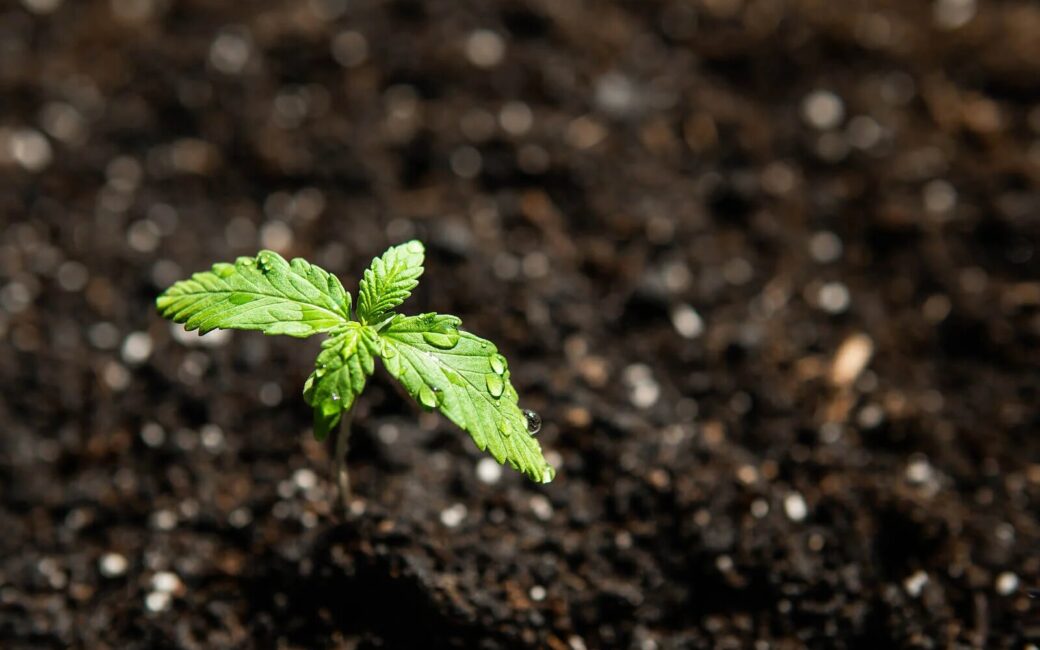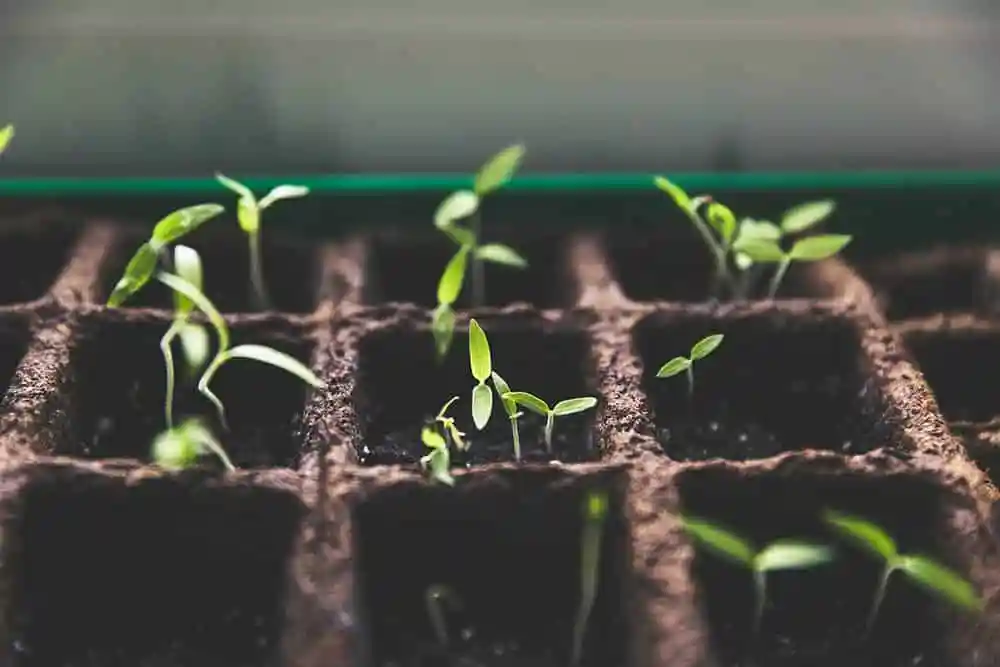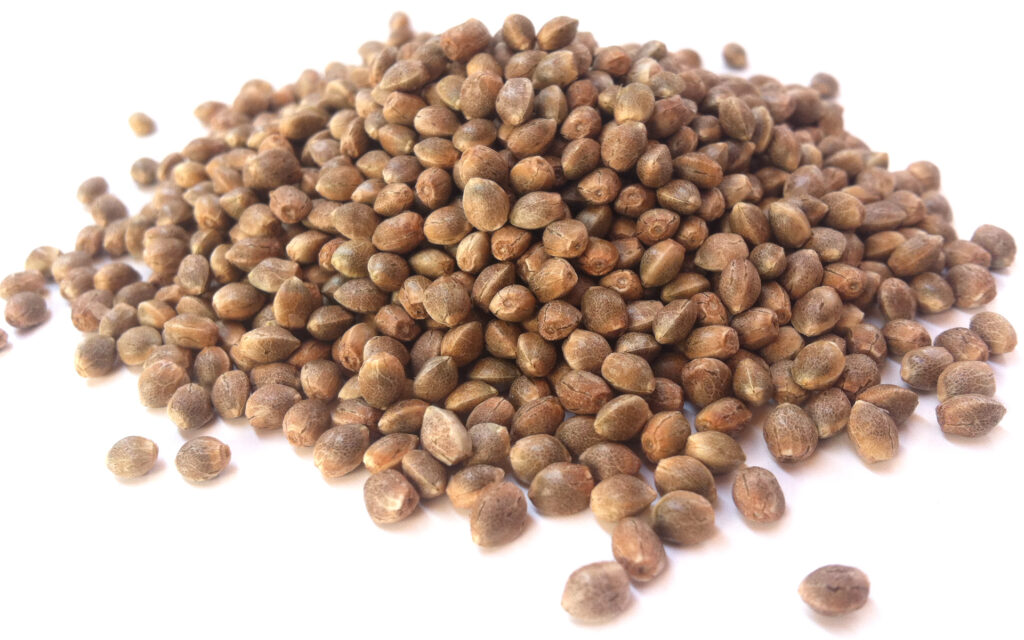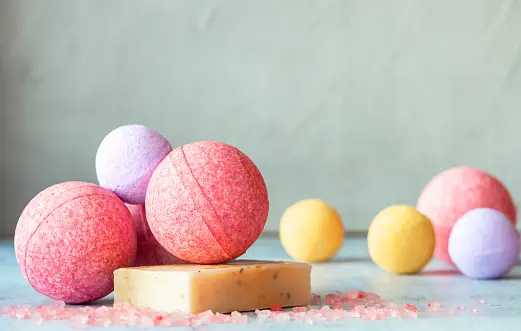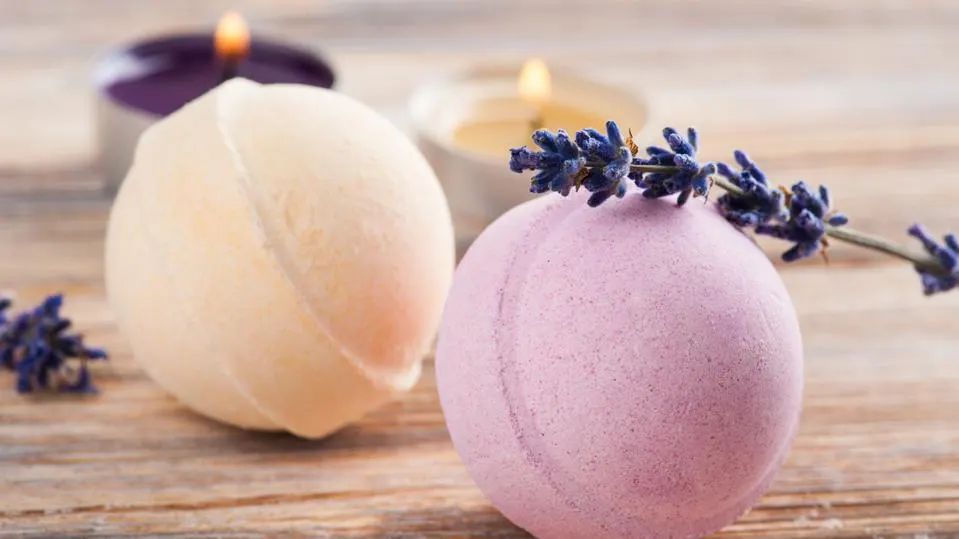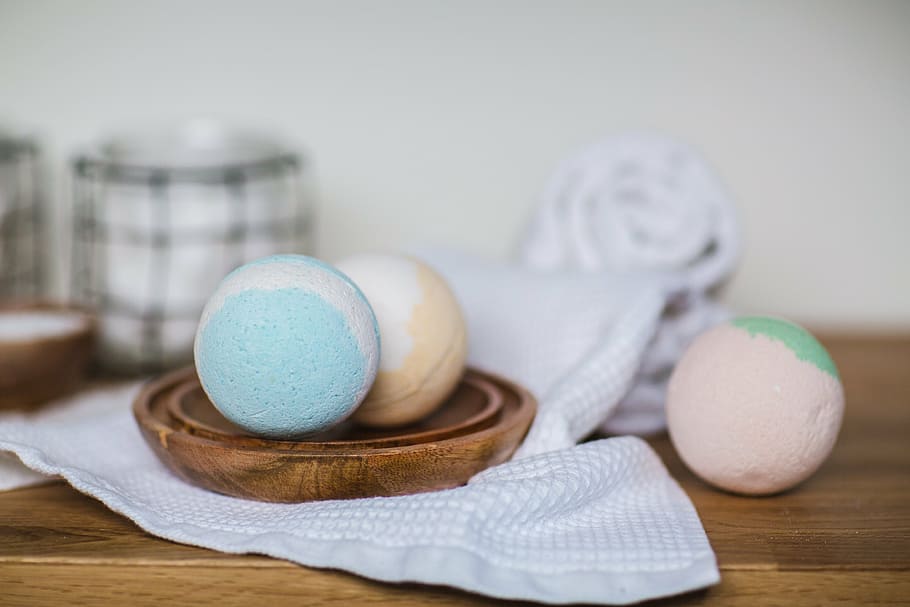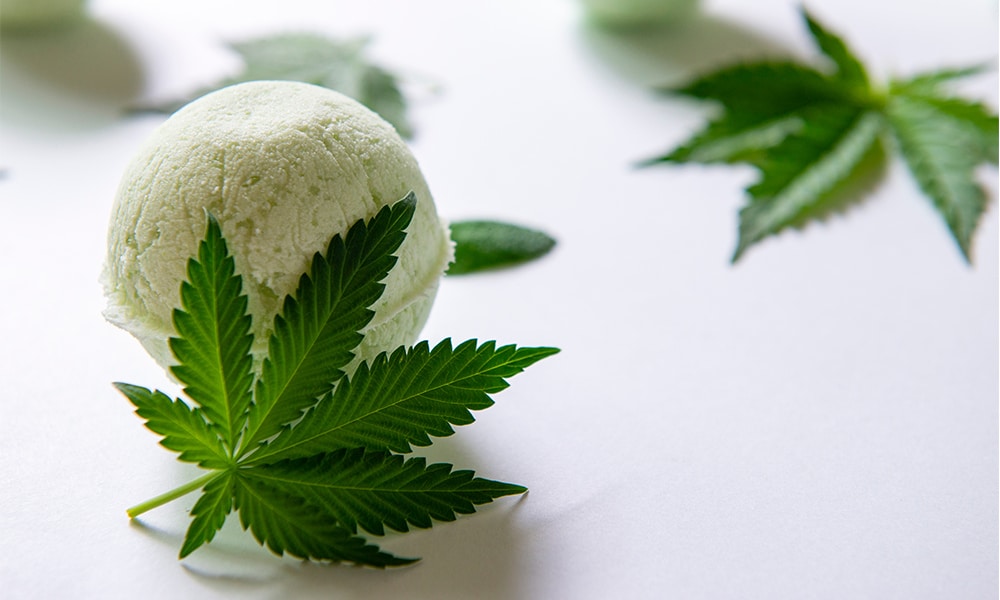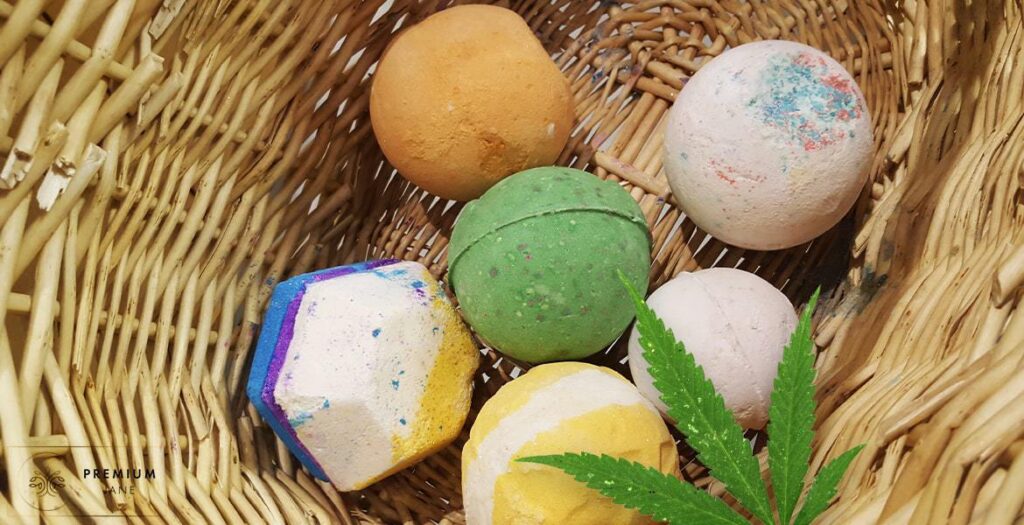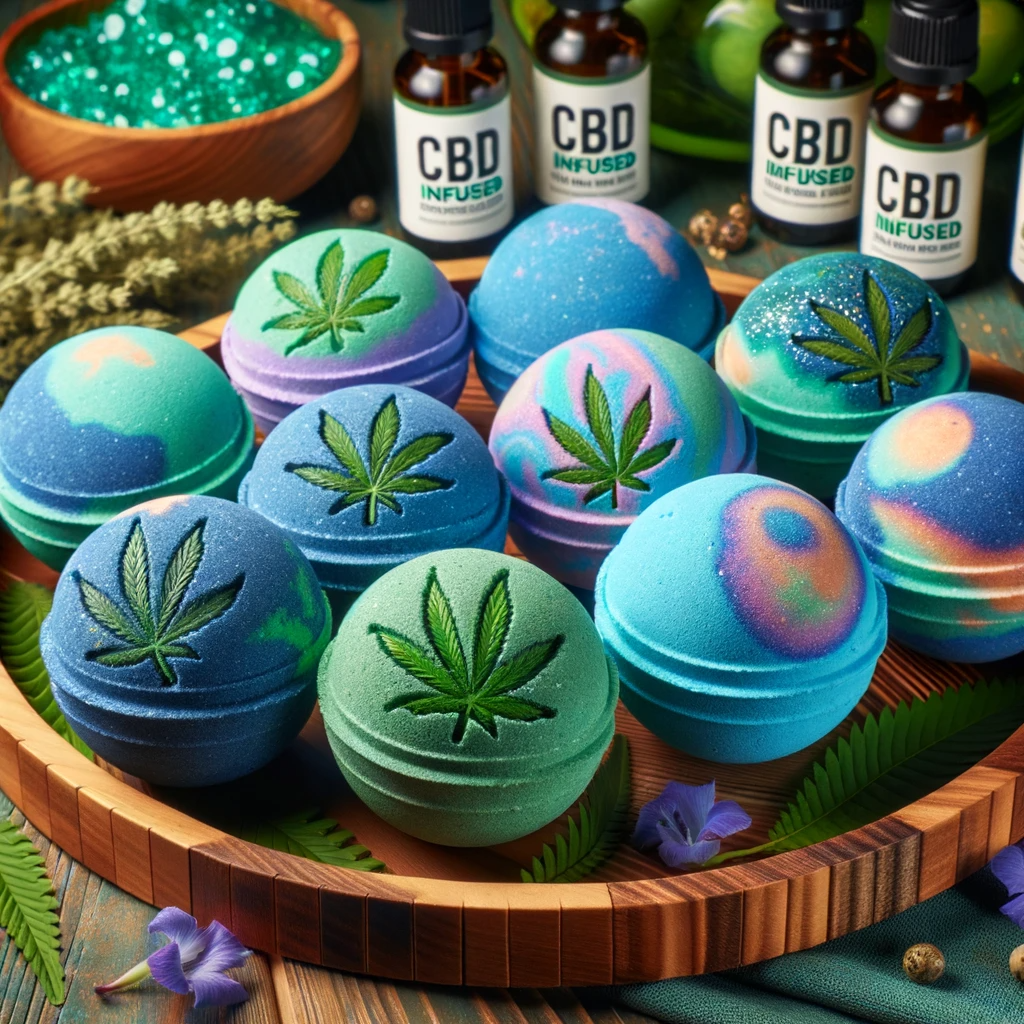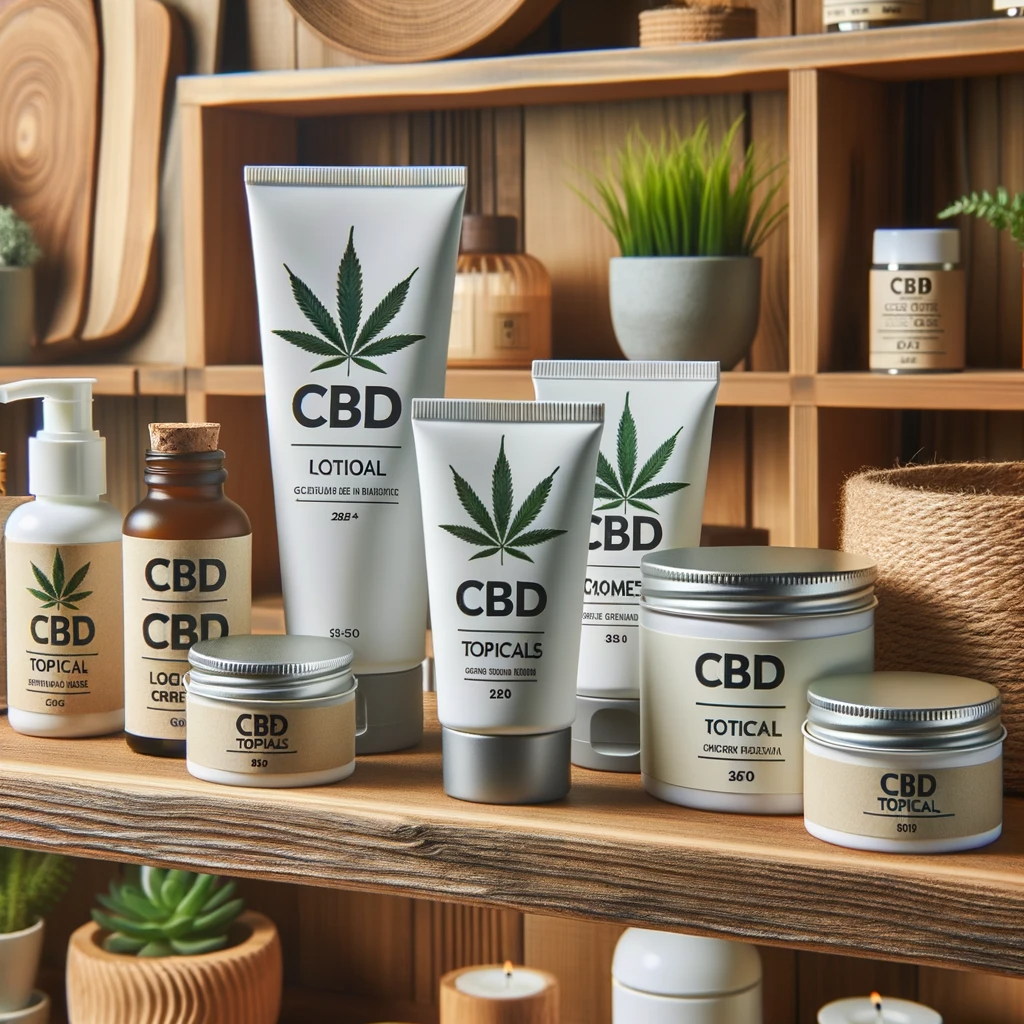Introduction
Growing cannabis from seeds is an exciting endeavor, but ensuring the right soil conditions is crucial for successful cultivation. In this guide, we’ll explore the essential soil requirements for nurturing healthy cannabis plants from seed to harvest.
Embarking on the journey of cultivating cannabis from seeds is indeed an exciting venture, promising the reward of lush greenery and potent buds. However, achieving success in this endeavor hinges greatly on providing the optimal soil conditions for your cannabis plants to thrive. In this comprehensive guide, we’ll delve into the intricate world of soil requirements, shedding light on the fundamental elements necessary for nurturing robust and flourishing cannabis crops from germination to harvest.
The Importance of Soil Quality

Furthermore, high-quality soil fosters a thriving ecosystem of beneficial microorganisms that contribute to soil health and nutrient availability. These microorganisms break down organic matter, releasing essential nutrients in forms that are readily accessible to plant roots. Additionally, they help suppress harmful pathogens and diseases, promoting overall plant vigor and resilience.
Choosing the right soil type is essential for cannabis cultivation success. Organic soil mixes enriched with compost, worm castings, and other natural amendments provide a rich and fertile growing medium that nourishes plants throughout their lifecycle. On the other hand, synthetic soil blends like coco coir or perlite offer excellent aeration and drainage properties, making them suitable for hydroponic systems or indoor cultivation.
Regular soil testing and monitoring are crucial for maintaining optimal soil conditions. By testing soil pH, nutrient levels, and moisture content, growers can identify any deficiencies or imbalances and make necessary adjustments to ensure continued plant health and vitality.
Incorporating soil amendments as needed can further enhance soil fertility and structure, promoting robust plant growth and maximizing yields. Whether it’s adding lime to adjust pH, incorporating compost to increase organic matter, or supplementing with beneficial additives like mycorrhizal fungi, soil amendments play a vital role in optimizing soil health and plant nutrition.
Also Read: Feminized Cannabis and its Impact on Gender in the Cannabis Community
Choosing the Right Soil Type
Additionally, organic soils containing a blend of compost, peat moss, and perlite or vermiculite offer a natural source of nutrients and beneficial microorganisms that support plant growth. These organic amendments contribute to soil structure, moisture retention, and nutrient availability, fostering healthy root development and robust plant growth.
Moreover, regular monitoring of soil moisture levels and nutrient content is crucial for maintaining optimal growing conditions. Adjustments may be necessary throughout the growing cycle to ensure plants receive the nutrients they need at each stage of development.
In summary, selecting the right soil for cannabis cultivation is paramount to achieving successful outcomes. By choosing a well-balanced, nutrient-rich medium and monitoring soil conditions closely, growers can create an ideal environment for healthy plant growth and maximize yields.
Organic vs. Synthetic Soil
Organic soil mixes offer the advantage of sustainability and environmental friendliness, as they rely on natural ingredients that are renewable and biodegradable. These soils support a diverse microbial ecosystem, which plays a vital role in nutrient cycling and plant health. Additionally, organic amendments improve soil structure and water retention, reducing the need for frequent irrigation and promoting overall plant resilience.
On the other hand, synthetic soil blends provide precise control over nutrient levels and pH, allowing growers to tailor the growing medium to the specific needs of their plants. Coco coir, for example, offers excellent water retention and aeration properties, making it an ideal alternative to traditional soil mixes. When combined with a balanced nutrient solution, synthetic soils can support vigorous growth and high yields.
Ultimately, whether choosing organic or synthetic soil, the key is to select a high-quality growing medium that provides adequate support for cannabis plants throughout their lifecycle.
pH Levels:
To maintain the correct pH level, growers can use pH testing kits or meters to monitor the acidity of their soil. If the pH deviates from the optimal range, adjustments can be made using pH modifiers such as dolomite lime to raise pH or sulfur to lower pH. Additionally, incorporating organic matter like compost or aged manure into the soil can help buffer pH fluctuations and improve overall soil quality.
In addition to pH, proper drainage is essential for preventing waterlogged soil, which can suffocate roots and promote fungal diseases. To ensure adequate drainage, growers should choose soil mixes with good aeration properties and consider adding perlite or vermiculite to improve soil structure. Furthermore, using raised beds or containers with drainage holes can help excess water escape more easily, reducing the risk of root rot and other moisture-related issues.
By maintaining optimal soil pH and promoting good drainage, growers can create a healthy growing environment for their cannabis plants, ensuring vigorous growth and robust yields.
Soil Amendments
When amending soil, it’s essential to follow recommended application rates to avoid overloading the soil with nutrients or altering pH levels too drastically. Over-amending soil can lead to nutrient imbalances or pH fluctuations, which can harm plant health and yield. Additionally, organic amendments like compost or aged manure can provide a slow-release source of nutrients, improving soil fertility over time without the risk of nutrient burn.
Furthermore, incorporating cover crops or green manures into the soil can help improve soil structure, suppress weeds, and enhance overall soil health. Cover crops like clover or buckwheat add organic matter to the soil when tilled under, promoting microbial activity and nutrient cycling. Similarly, green manures like alfalfa or vetch can fix nitrogen from the atmosphere, enriching the soil with this essential nutrient for subsequent crops.
By carefully selecting and applying soil amendments, growers can create a fertile and balanced growing medium that supports healthy cannabis growth and maximizes yields.
Conclusion
Understanding the soil requirements for growing cannabis seeds is essential for achieving successful harvests. By choosing the right soil type, maintaining proper nutrient levels, and monitoring pH levels, growers can create an optimal growing environment for healthy and vigorous cannabis plants.


